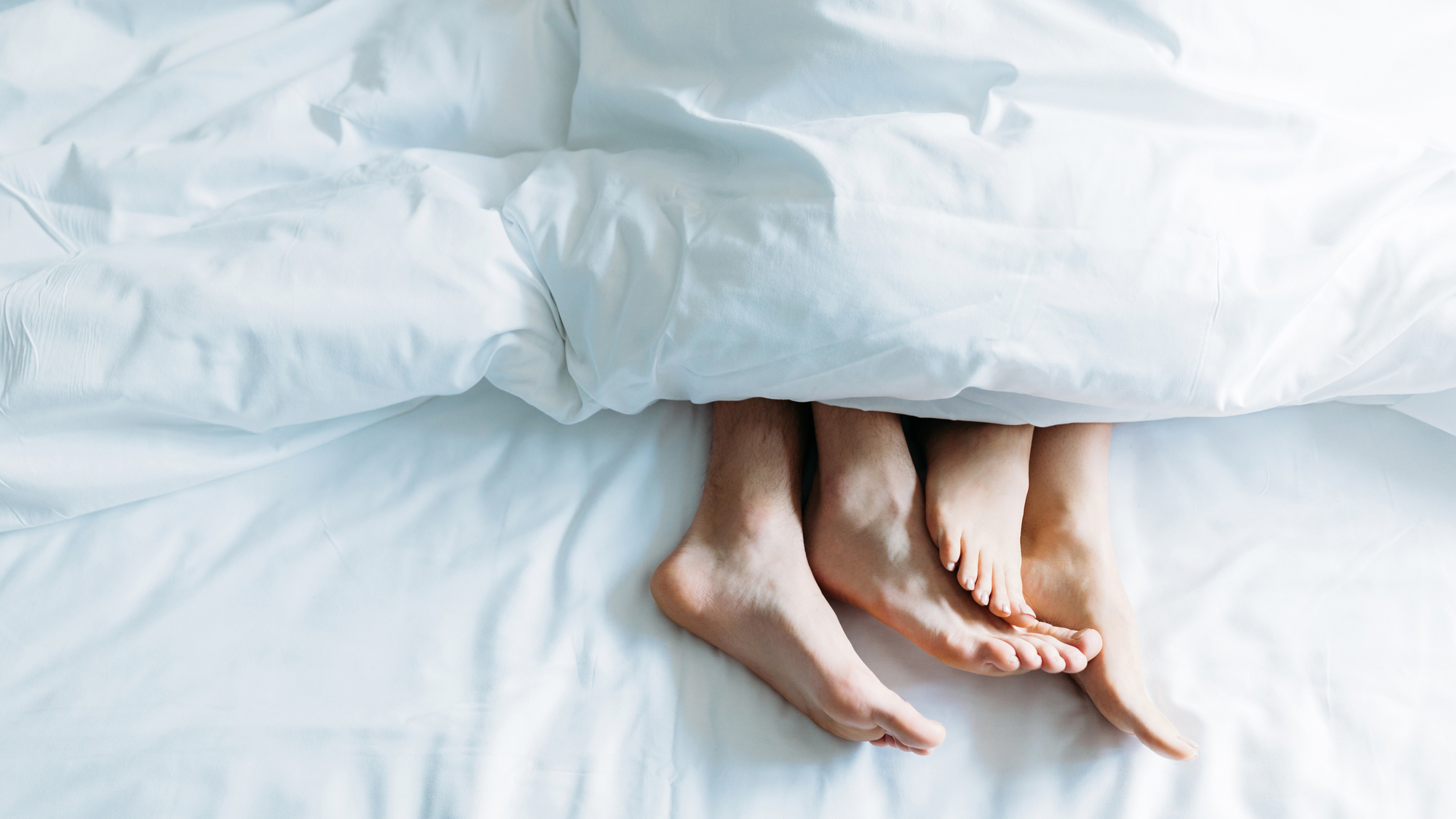Humans have been having sex for a long time. For most of that period, we have been searching for ways to make sex more enjoyable.
Aphrodisiacs are foodstuffs or other substances proposed to heighten our libido and improve our sexual enjoyment and performance. Named after the Greek goddess of love, Aphrodite, aphrodisiacs have been described, exhorted, and ingested for thousands of years. Proposed aphrodisiacs include grocery store essentials, like strawberries, luxury options like raw oysters, and traditional extracts like yohimbine, derived from the bark of a West African evergreen.
But do these compounds work?
The perfect aphrodisiac
The perfect aphrodisiac would enhance both the desire for sex and the pleasure gained from having sex. The challenge is that these two features are governed by separate brain circuits, says Kent Berridge, a professor of psychology and neuroscience at the University of Michigan.
Berridge says that for over 50 years, scientists thought pleasure’s neural origin was the mesolimbic pathway, which transports the neurotransmitter dopamine around the brain. “We all thought that the dopamine system was pleasure, that turning on dopamine would generate pleasure,” says Berridge.
This assumption made a lot of sense–the dopamine system is activated by pleasurable stimuli in our environment. Behavioral studies showed cues that predict pleasure also activated these dopamine pathways. Subsequent research has instead suggested dopamine governs the desire for pleasure, rather than pleasure itself. Increasing dopamine in test animals didn’t make them enjoy pleasurable stimuli more.
Instead, pleasure could be increased by firing up the brain’s opioid and endocannabinoid systems–which use neurotransmitters that act like the brain’s “natural heroin” and “natural marijuana,” says Berridge.
This combination–dopamine to drive us to seek pleasurable behaviors, and opioids and endocannabinoids to make those behaviors feel good–appears to be a multifunctional brain mechanism that serves many external stimuli, says Berridge. “It seems there might be a common currency that generates all these different pleasures,” he adds.
This shared mechanism might validate the idea that foods and drugs can enhance desire. “There’s no question that things like cocaine and methamphetamine can promote desires in this way. And some people take drugs before sex to enhance the experience,” says Berridge. A small study found that cocaine could increase sexual desire–an effect that increased the more of the drug was consumed.
The evidence behind aphrodisiacs
But beyond illegal drugs, the evidence behind aphrodisiacs is patchy. A 2015 review of 50 studies that analyzed potential aphrodisiacs found some products had risks outweighing any benefits. Mad honey, which contains nectar from plants of the genus Rhododendron, yohimbine and Spanish fly all fall into this category. Yohimbine, for example, can cause mania, palpitations, and insomnia. The authors said other extracts–including maca, ginseng, and ginkgo–had “emerging but limited” data supporting their use. While some of this evidence comes from placebo-controlled trials, these often have small sample sizes which limits their value. Another complicating factor is the difficulty in separating changes to sexual desire from those to general mood.
The most straightforward aphrodisiac evidence supports the action of “performance-enhancing” drugs like sildenafil–brand name Viagra. This drug, infamously discovered during the search for a treatment for angina, works by increasing blood flow to the penis, relieving erectile dysfunction. This physiological aphrodisiac, which has no effects on desire and doesn’t enhance pleasure, has proved immensely popular. In 2022, nearly 3.5 million prescriptions for the drug were written in the US alone. Ginkgo also increases blood flow to peripheral tissues, representing a potential mechanism of action for the compound.
But Viagra only works for half the population. Hypoactive sexual desire disorder (HSDD)–an absence of sexual desire causing distress for more than six months–affects 1 in 10 women in the US. Flibanserin–initially used as an antidepressant–has been approved to treat HSDD in premenopausal women. Several clinical trials have suggested this compound, given orally, improves sexual desire. It’s thought to work by acting on neurotransmitters in the brain. Patients in these trials reported side effects including drowsiness, nausea, and dizziness. Another option is bremelanotide, which activates brain receptors for the hormone melanocortin. Given intranasally or as an injection before sexual activity, the drug has been shown to boost sexual desire and enjoyment of sex. Like flibanserin, bremelanotide can also cause nausea.
Both of these drugs also appear to work in men. One case study detailed a man who achieved his first ever orgasm at the age of 28 after receiving roughly 30 doses over a month.
But that perfect aphrodisiac, combining boosts to desire and performance in bed remains elusive. More funding to explore putative aphrodisiacs in large-scale trials is needed. Sexual desire is set on a delicate balance in our brains, and tipping the scales might have unexpected side effects. Berridge points out that many people with Parkinson’s disease, whose brains lack the cells needed to produce dopamine, can be prescribed drugs called dopamine agonists. These act like “fake dopamine,” he adds. Multiple studies have shown that these drugs can induce hypersexuality in patients–a condition where the need for sex makes people feel out of control and anxious. These agonists, acting on a multifunctional dopamine system, can also cause other types of addiction. Thousands of years of searching for aphrodisiacs may not end anytime soon, but the consequences of finding one have become clearer.
This story is part of Popular Science’s Ask Us Anything series, where we answer your most outlandish, mind-burning questions, from the ordinary to the off-the-wall. Have something you’ve always wanted to know? Ask us.

